Spaghetti alla Bottarga di Muggine, cured salted mullet roe, is the easiest and at the same time very sophisticated pasta dish. It is the perfect solution for a fancy last-minute dinner party. Pasta with Bottarga is ready in 15 minutes and all the ingredients have a long shelf-life, easy to keep a stock in the pantry.
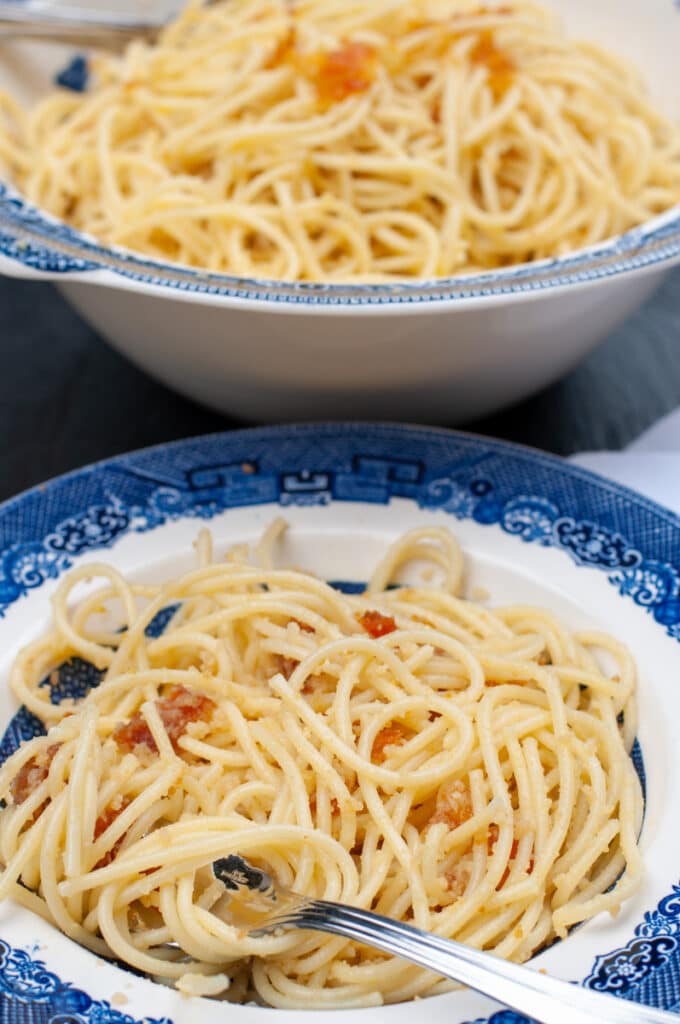
Jump to:
What is bottarga di muggine
Bottarga is fish roe (usually mullet - muggine or tuna) that has been salted, pressed, and dried.
This method of preserving it has been used for centuries by the Phoenicians more than 3000 years ago.
The name Bottarga has Arab origins baṭāriḫ, meaning eggs preserved in salt.
The Arabs brought this ingredient to the Mediterranean sea and with time it became a Sardinia specialty, the most famous Bottarga from Cabras region.
In Italy, it is also produced in Sicily, Campania, and Tuscany.
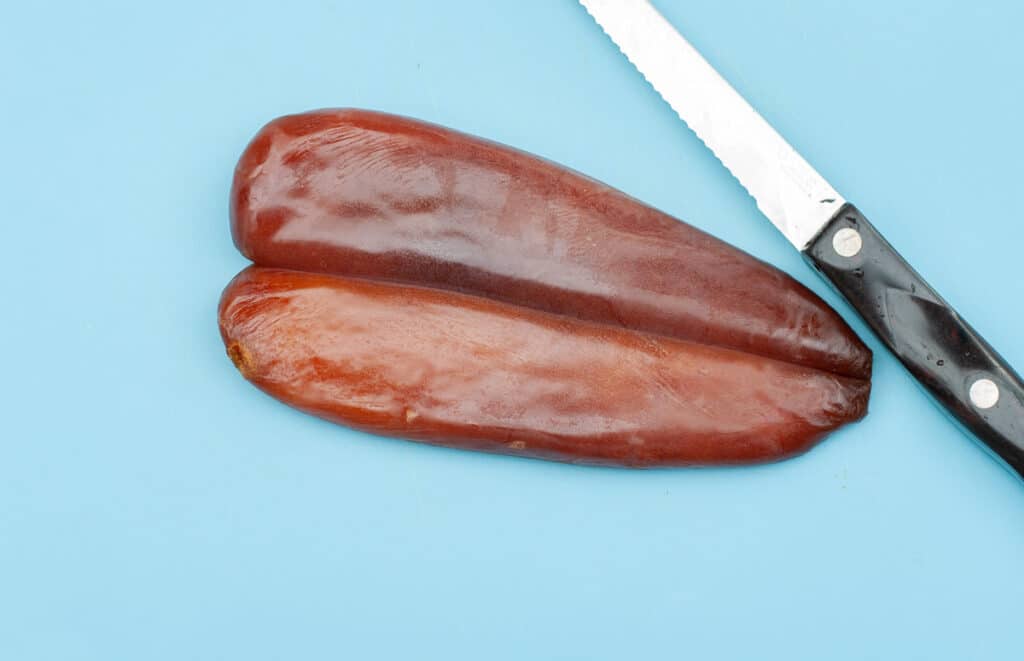
Why pasta with bottarga is an ideal dish
Bottarga is an Italian delicacy also known as the Mediterranean caviar. It has an intense taste of salted fish, slightly bitter like almonds.
It has a very long shelf-life, if the package is not opened it lasts for months in the fridge.
Once it is open, it can be kept in the fridge tightly wrapped or preserved in oil for about a month or in the freezer for even longer.
All the rest of the ingredients for this recipe have a long shelf life, easy to always have a supply ready in the pantry.
In addition, this recipe is very easy and quick to make.
If you have unexpected guests, you can make this dish in less than 15 minutes.
Once the pasta is ready, it is added to the breadcrumbs with raw bottarga flakes and lemon zest.
Due to its original flavor, Bottarga turns a simple pasta dish into a gastronomic delicacy.
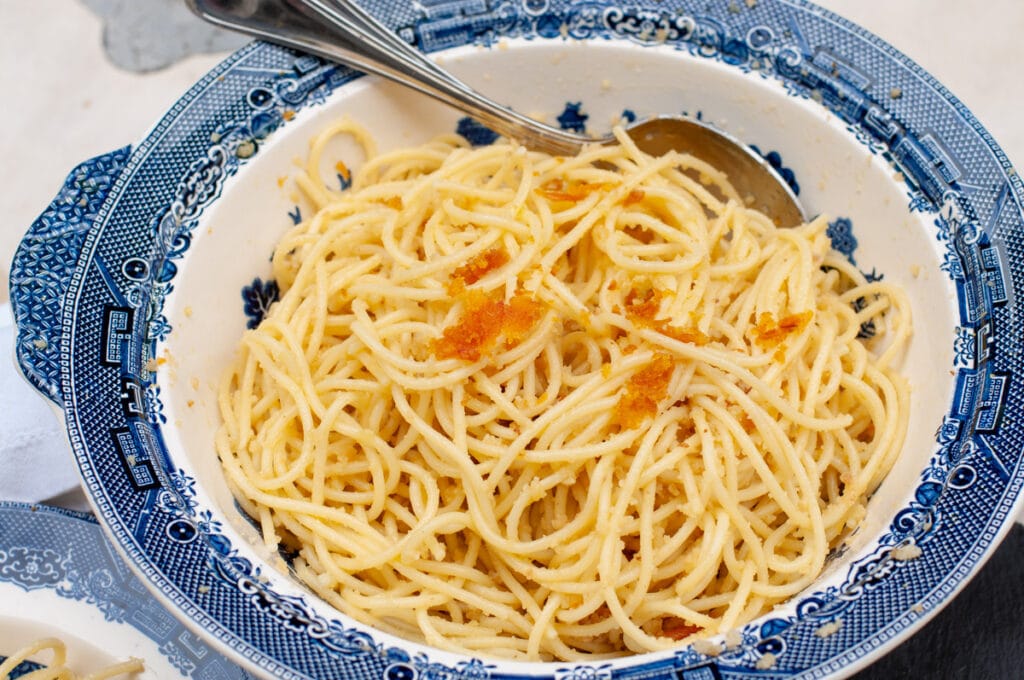
How to make it
Peel the Bottarga
The mullet roe (bottarga di muggine) is still inside its membrane sac which needs to be removed.
It can be removed with a sharp knife, as it easily peels off.
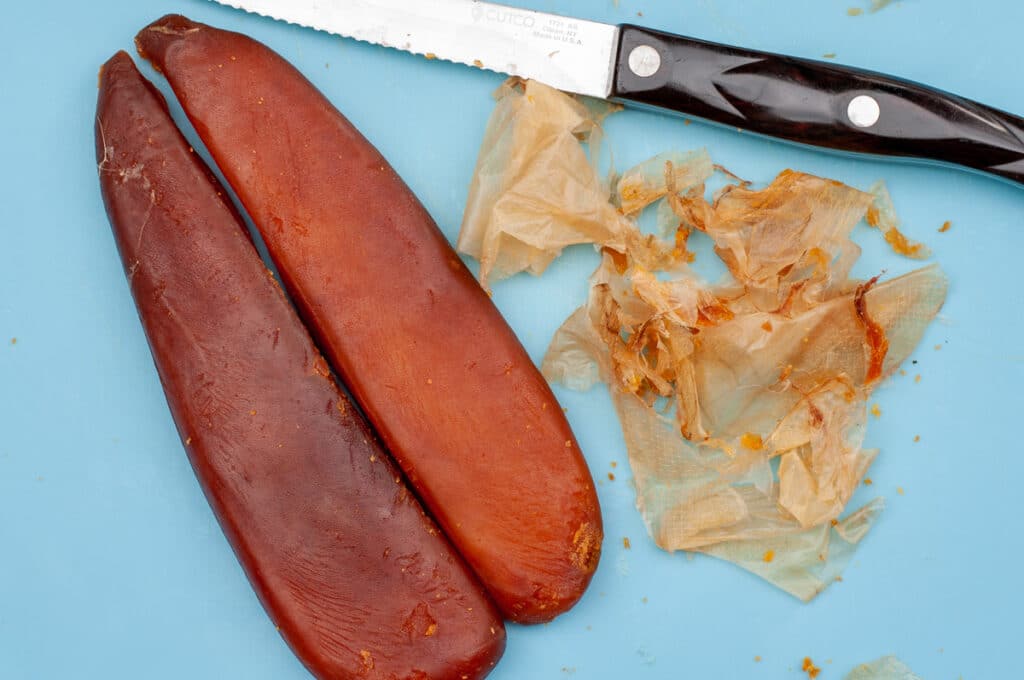
Prepare the breadcrumbs
- In a frying pan, stir fry 2 garlic cloves in extra virgin olive oil so the oil gets the flavor of the garlic
- Add the breadcrumbs
- Stir while they toast and absorb the oil
- Add 1 tablespoon of grated bottarga
- Add the lemon zest
- Stir so the breadcrumbs absorb the flavors. Turn off the heat.
N.B: you do not need to add salt as the bottarga is already very salty
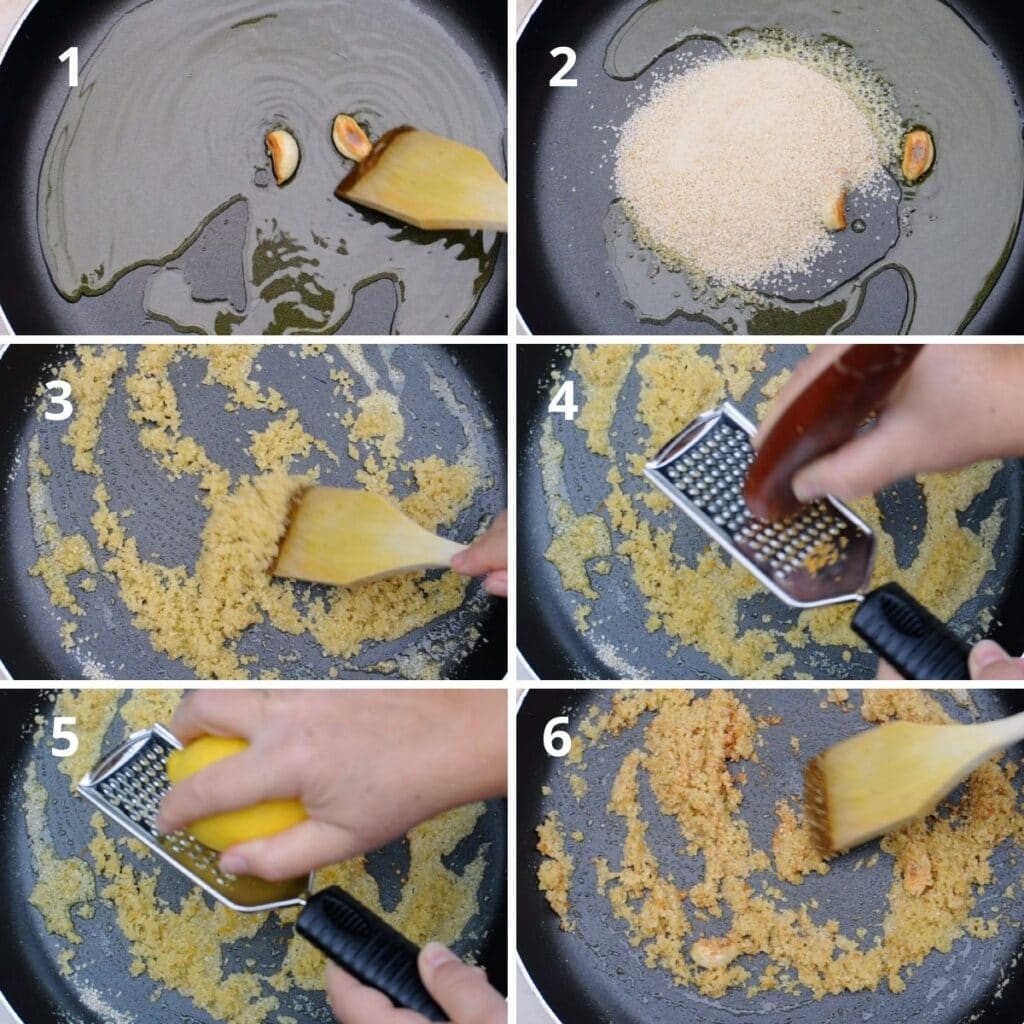
Boil the pasta
- Bring to boil the salted water for the pasta
- Once the water is boiling cook the spaghetti, 1 minute less than what is written in the box
- Drain the spaghetti but keep the water
- Mix them with the breadcrumbs
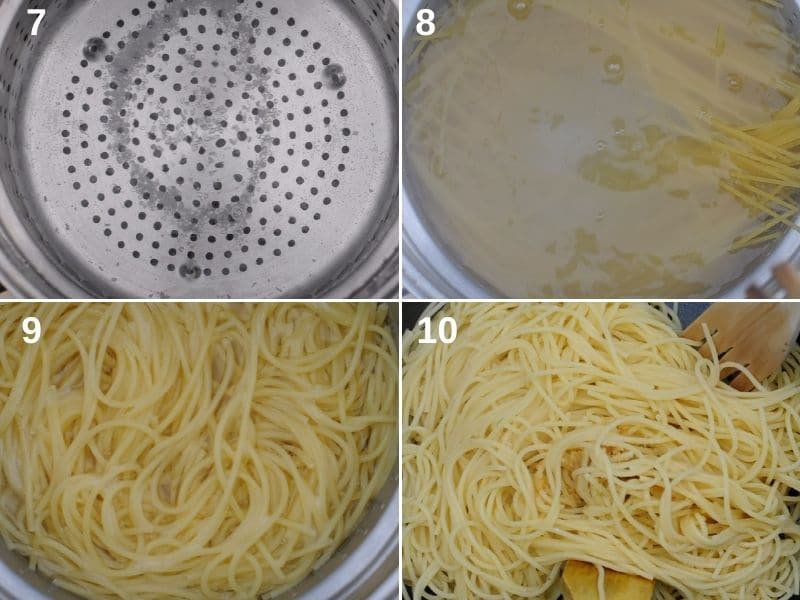
Finalizing the dish
- Add 2 ladles of water from the pasta (it has to be the water of the pasta as the starch released by the pasta will make a creamy sauce)
- Add some freshly grated bottarga
- Stir well to combine
- Place on a serving dish and top with some more freshly grated bottarga
- Drizzle some extra virgin olive oil
- Finishing with some lemon zest and serve
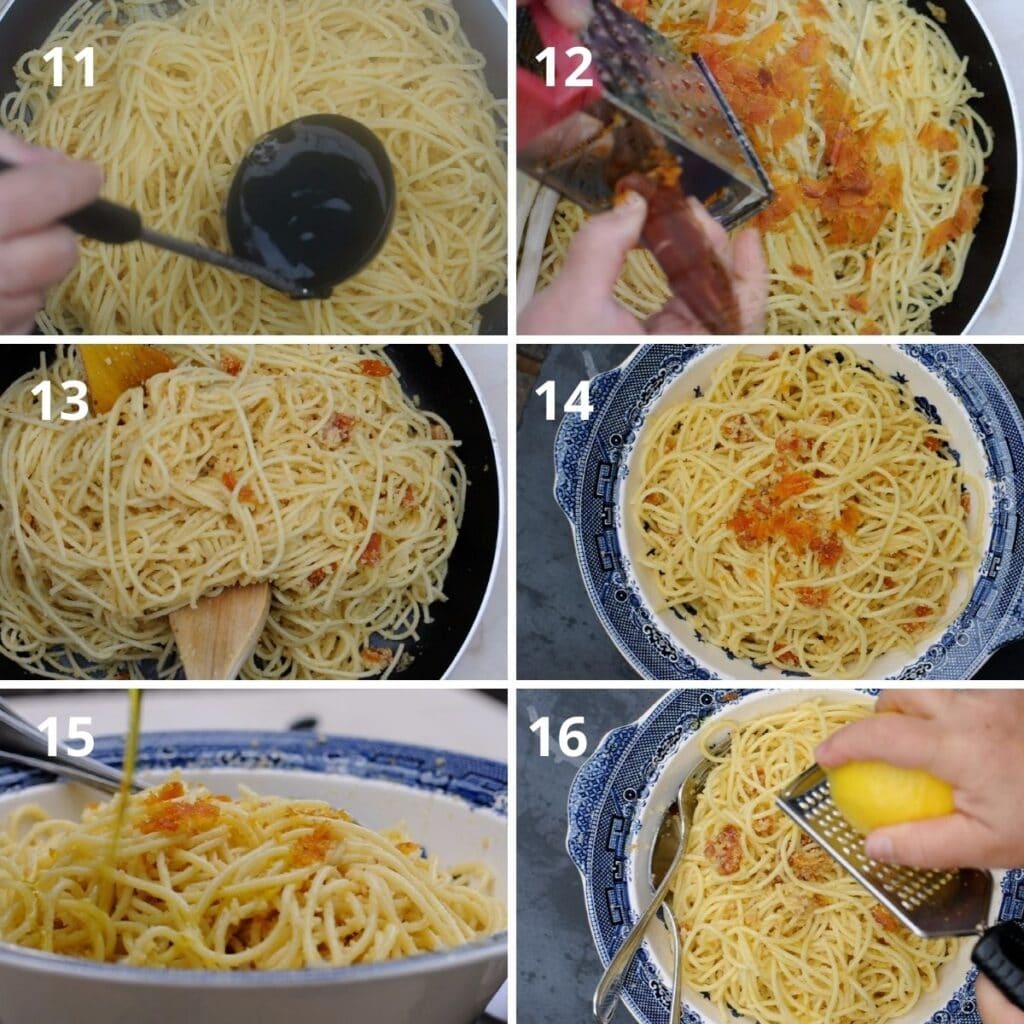
How to serve it
This dish is usually served as a primo piatto for a seafood dinner or as a main for a light luncheon.
Bottarga is an expensive ingredient, but due to its strong taste, you only need a few flakes to flavor each dish.
A package of roe mullet can serve 5 lb of pasta.
Do not serve parmesan with Spaghetti with bottarga.
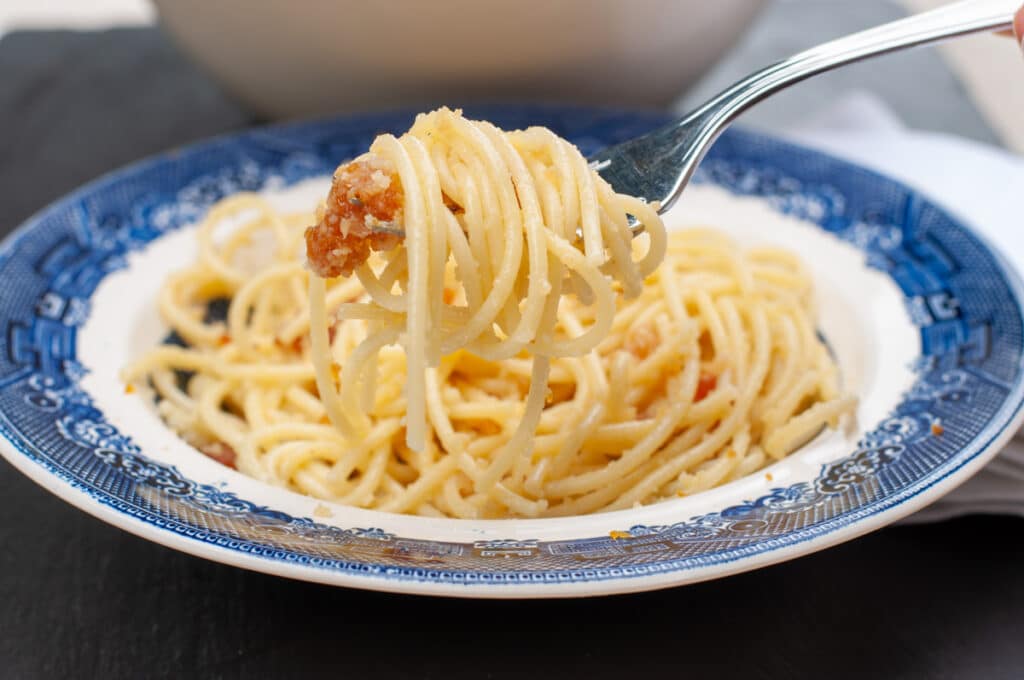
Making a creamy Bottarga pasta
As I mentioned earlier, do not serve parmesan with Spaghetti with bottarga.
Breadcrumbs are added instead of Parmesan to give texture and creaminess to the dish without adding any other unnecessary strong flavor.
In fact, breadcrumbs are a better option as they enhance the flavor of the bottarga by absorbing it.
As the breadcrumbs turn into a creamy paste, they uniformly distribute the bottarga flavor into the spaghetti.
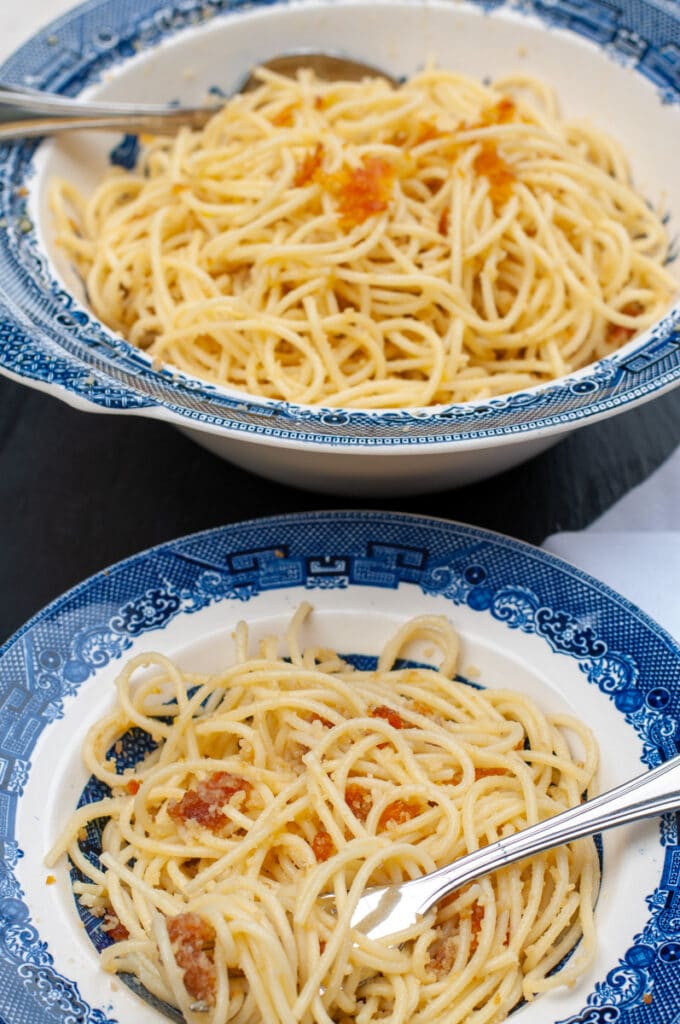
Bottarga substitute
You can find Bottarga made with tuna eggs which has a stronger flavor and it is less expensive, at least in Italy.
However, Tuna Bottarga is not easy to find in the United State.
For a less refined version of this dish, you can substitute Bottarga with Anchovy stored in salt.
The flavor is not comparable but anchovies also have a long shelf life so it is an ingredient you can always have at hand.
You cook it exactly the same way, by melting the anchovy filets in oil and garlic and adding breadcrumbs for texture.
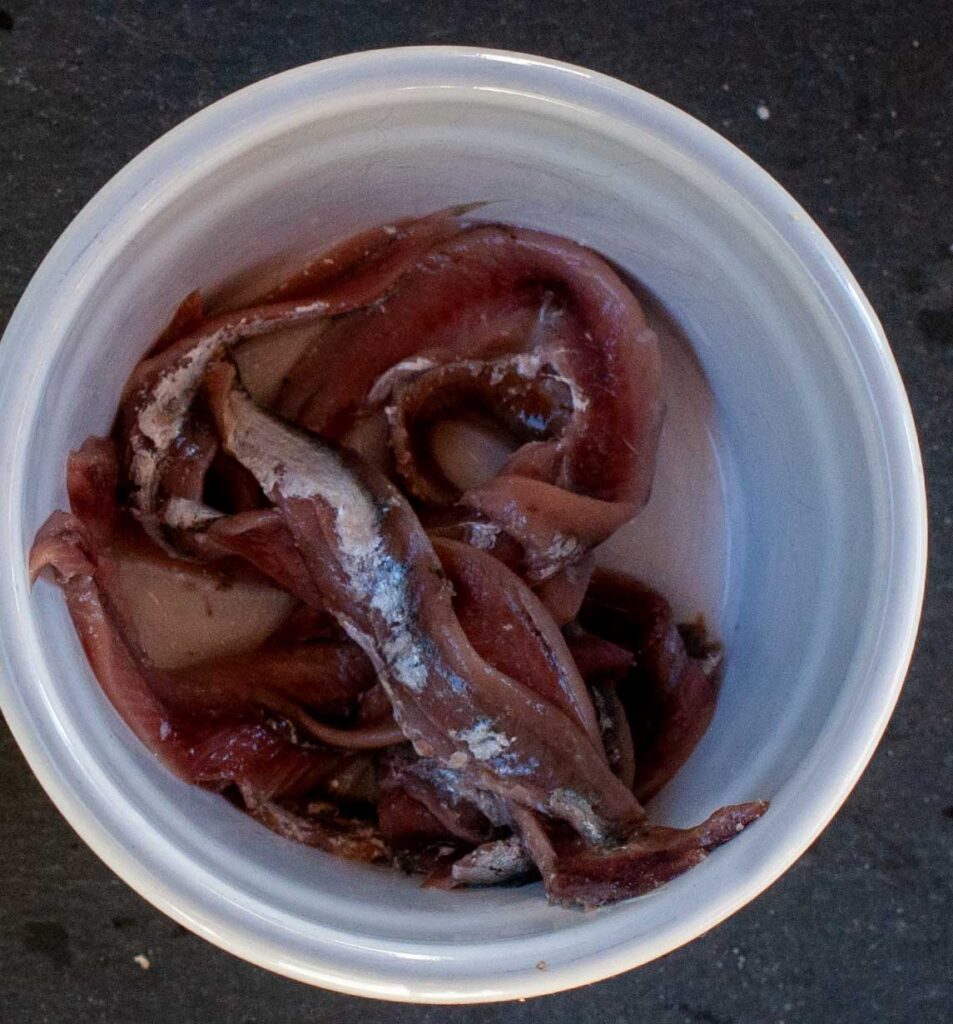
20 rules to properly cook pasta
If you are a novice cook, here are some important points you need to know to properly cook pasta:
- Pasta should be boiled in salted water, adding salt after doesn't work
- Add the salt as soon as you put the pan with water on the heat, so you don't forget
- If you don't remember if you added salt to the water, taste the water
- Use 1 tablespoon of salt per 4 quarts - 4 liters of water which should be enough for 1lb - 500 gr of pasta
- Make sure the pot is large enough so the water doesn't overflow once you put in the pasta
- If you put the lid on the pan, the water will get to the boiling point faster
- Do not add oil to the water
- The water should be boiling hot before you put the pasta in
- Use a good pasta brand. My favorites are (in this order): Rummo, Garofalo, De Cecco. Barilla is my least favorite one but better than any other unknown brands
- When you add the pasta, the water may stop boiling as the pasta lowers the water temperature. Put the lid on the pan until the water starts boiling again
- Once the water boils remove the lid otherwise the foam will overflow from the pan
- Stir the pasta from time to time
- Keep the heat high so the water boils all the time
- Always cook the pasta 1 minute less than what is written on the pasta box
- Taste the pasta and drain immediately when "Al Dente" meaning still firm and chunky
- Never leave the pasta floating in the water once it is cooked!!!!!
- As soon as the pasta is drained, season immediately and stir.
- If for whatever reason the seasoning is not ready, season the pasta with some extra virgin olive oil and stir
- Once the pasta is ready and seasoned, it has to be served and eaten immediately
- No parmesan in pasta with seafood, you can sprinkle toasted grated breadcrumbs or almonds
Subscribe to get: 20 cultural habits that make Italians great cooks
Plus a cheat sheet free download with all the ingredients, measurements and cooking times of 18 of the most popular recipes on the blog. Including homemade tagliatelle, gnocchi, pizza and panini.
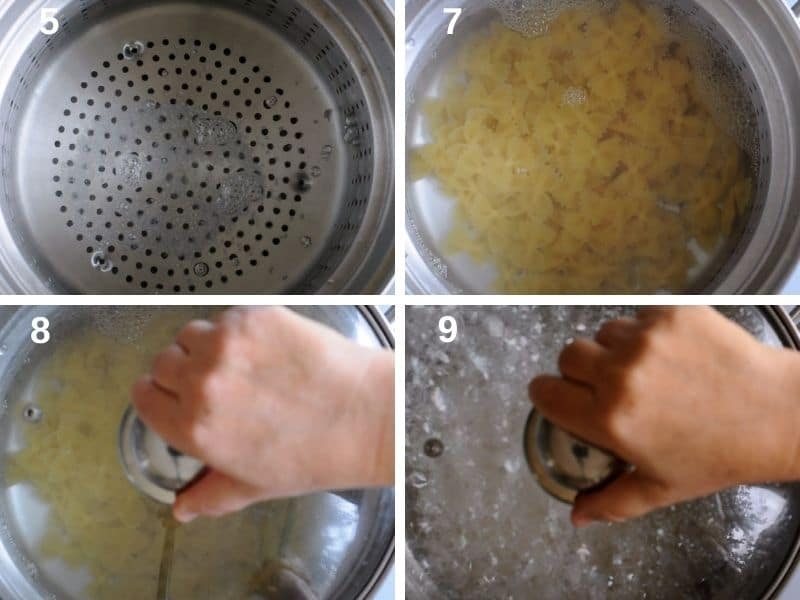
Many people think that some Italians use breadcrumbs on pasta because they are poor and cannot afford to buy Parmesan. As an Italian, I do not agree. First, because Parmesan is a cheese from the North of Italy and in the South Pecorino is often used which is produced locally and less pricy. Secondly, as Italy is surrounded by the sea, the seafood is often fresh, and adding cheese to it will cover the fresh taste of the sea. That is why some recipes add breadcrumbs, they enhance the seafood flavor as they absorb it and create a cream sauce that amalgamates and uniformly combines it with the pasta.
Fresh ingredients are very important for Italians, and as Italy is surrounded by the Mediterranean sea, we mostly eat fresh seafood. There is absolutely no reason to add cheese to it as it will cover the fresh taste of the sea.
If you want to add something for texture, you can add toasted breadcrumbs or grated almonds.
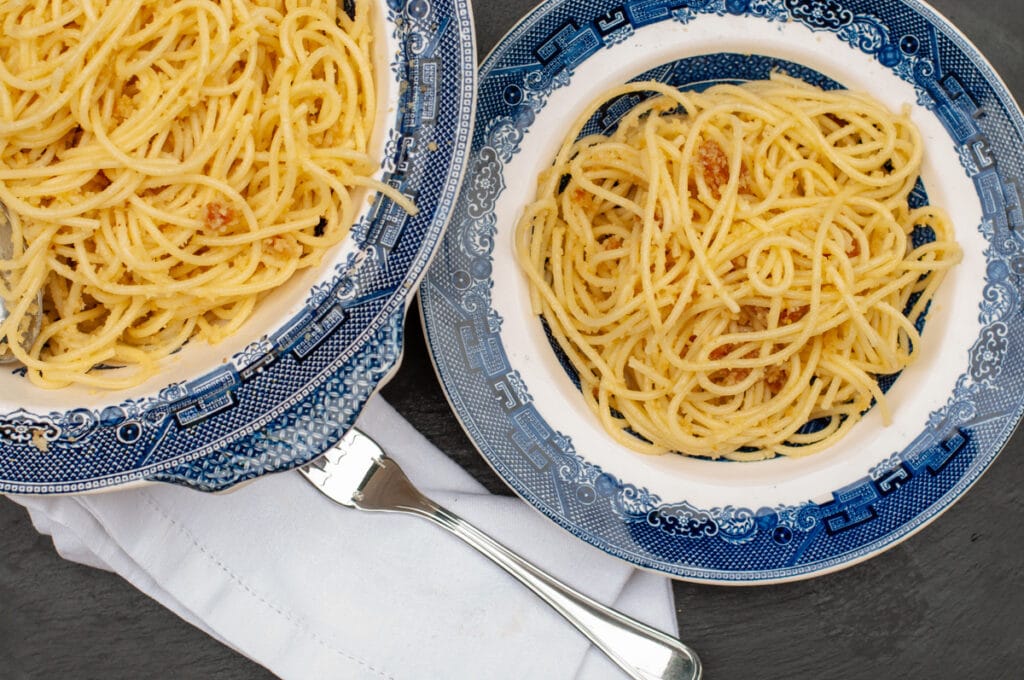
More recipes pasta with seafood
- Smoked Salmon With Bow Tie Pasta
- Shrimp Tomato Pasta
- Shrimp Zucchini Pasta
- Linguine With Clams
- Pasta with Swordfish Ragu and Fried Eggplants
If you are making the Spaghetti with Bottarga, leave your comment below I would like to hear from you. You can find more delicious ideas if you FOLLOW ME on Facebook, YouTube, Pinterest and Instagram or sign up to my newsletter.
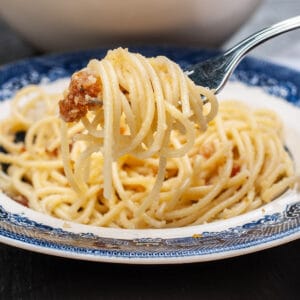
📋Spaghetti alla Bottarga di Muggine
Ingredients
- 1 lb Spaghetti
- ½ Bottarga
- 2 tablespoon breadcrumbs
- 2 clove peeled garlic cloves
- 2 tablespoon extra virgin olive oil
- 1 lemon zest
- 1 tablespoon extra virgin olive oil to add at the end
Instructions
Peel the bottarga
- Remove the sac membrane from the Bottarga with a sharp knife½ Bottarga
Prepare the bredcrumbs
- In a frying pan, stir fry 2 garlic cloves in extra virgin olive oil so the oil gets the flavor of the garlic2 tablespoon extra virgin olive oil, 2 clove peeled garlic cloves
- Add the breadcrumbs2 tablespoon breadcrumbs
- Stir while they toast and absorb the oil
- Add 1 tablespoon of grated bottarga
- Add the lemon zest1 lemon zest
- Stir so the breadcrumbs absorb the flavors. Turn off the heat.
Boil the pasta
- Bring to boil the salted water for the pasta
- Once the water is boiling cook the spaghetti, 1 minute less than what is written in the box1 lb Spaghetti
- Drain the spaghetti but keep the water
- Mix them with the breadcrumbs
Finalizing the dish
- Add 2 ladles of water from the pasta (it has to be the water of the pasta as the starch released by the pasta will make a creamy sauce)
- Add some freshly grated bottarga
- Stir well to combine
- Place on a serving dish and top with some more freshly grated bottarga
- Drizzle some extra virgin olive oil1 tablespoon extra virgin olive oil
- Finishing with some lemon zest and serve
Video
Notes
- you do not need to add salt to the sauce as the bottarga is already very salty
- The ladles of water added to the sauce has to be from the cooking pasta as it is rich in starch and it will make the sauce creamier. Regular water will make it watery
- Do not serve Parmesan
Nutrition
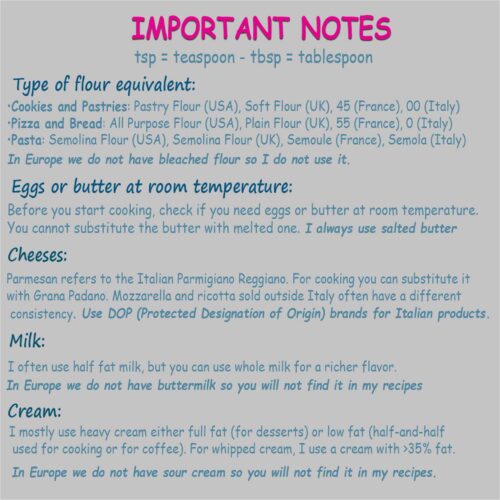

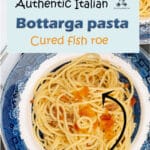
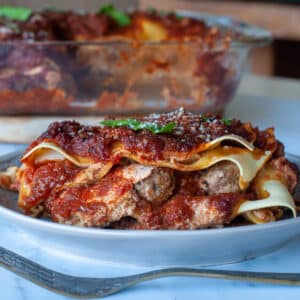
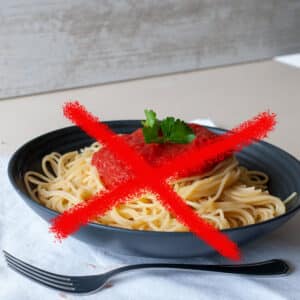
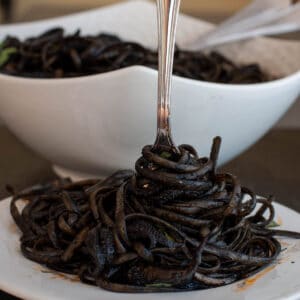
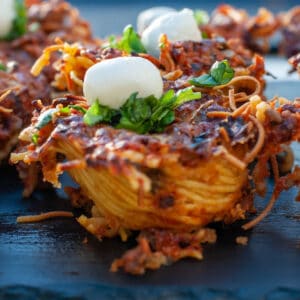
Gilda
I saw this often at the fish monger and always wondering how to use it. Now I know
Laura
You definitely need to try it next time
Patricia anastasi
I am on a boat in the aeolian islands in Sicily . I just bought bottarga di tonno and tried your recipe …. It was excellent . I am a fan of parsley and added a bit on top with more grated bottarga . Delicious . Thanks for sharing
Laura
Patricia, thank you for your comment. I spent my youth in a boat on the Aeolian Islands.The perfect place to buy and enjoy seafood. I am glad you liked the recipe.